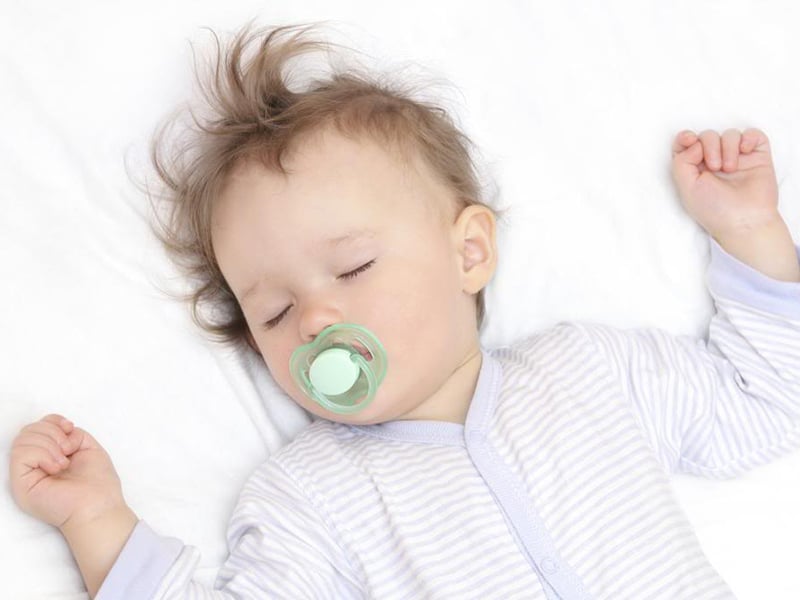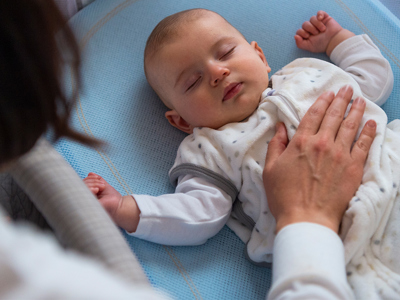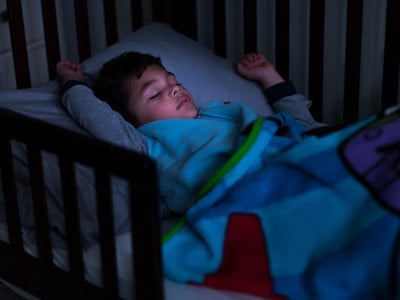- Doctors & Departments
-
Conditions & Advice
- Overview
- Conditions and Symptoms
- Symptom Checker
- Parent Resources
- The Connection Journey
- Calm A Crying Baby
- Sports Articles
- Dosage Tables
- Baby Guide
-
Your Visit
- Overview
- Prepare for Your Visit
- Your Overnight Stay
- Send a Cheer Card
- Family and Patient Resources
- Patient Cost Estimate
- Insurance and Financial Resources
- Online Bill Pay
- Medical Records
- Policies and Procedures
- We Ask Because We Care
Click to find the locations nearest youFind locations by region
See all locations -
Community
- Overview
- Addressing the Youth Mental Health Crisis
- Calendar of Events
- Child Health Advocacy
- Community Health
- Community Partners
- Corporate Relations
- Global Health
- Patient Advocacy
- Patient Stories
- Pediatric Affiliations
- Support Children’s Colorado
- Specialty Outreach Clinics
Your Support Matters
Upcoming Events
Colorado Hospitals Substance Exposed Newborn Quality Improvement Collaborative CHoSEN Conference (Hybrid)
Monday, April 29, 2024The CHoSEN Collaborative is an effort to increase consistency in...
-
Research & Innovation
- Overview
- Pediatric Clinical Trials
- Q: Pediatric Health Advances
- Discoveries and Milestones
- Training and Internships
- Academic Affiliation
- Investigator Resources
- Funding Opportunities
- Center For Innovation
- Support Our Research
- Research Areas

It starts with a Q:
For the latest cutting-edge research, innovative collaborations and remarkable discoveries in child health, read stories from across all our areas of study in Q: Advances and Answers in Pediatric Health.


Co-Sleeping, Bed-Sharing and Room-Sharing. What’s the Safest?

Co-sleeping and bed-sharing are often used interchangeably and mean the same thing to pediatricians. These terms describe an adult and child sleeping together on the same sleep surface, including a bed, couch or chair. Our experts do not recommend sharing any type of sleep surface with an infant under 12 months of age.
Room-sharing means sharing a room, rather than a sleep surface, with your baby. There are plenty of benefits to this. For example, when you room-share, it is easier to feed your baby and respond to their needs during the night. That’s why the American Academy of Pediatrics recommends room-sharing (but never bed-sharing or co-sleeping) for your infant’s first six months. Once your child reaches this age range, experts recommend moving them to their own room if possible.
And remember, when you room-share, it is important to ensure your baby has their own safe sleep surface.
What you need to know about co-sleeping
Parents often think of co-sleeping because they want to keep their infants safe and close and solidify their new bond. But there are better ways to do this, such as pulling a bassinet near to your bed, which keeps the baby close, but safer. Doing this can decrease the risk of accidental death for babies.
When a baby shares a sleeping surface with an adult, they are most often sleeping in an adult bed. These beds are not designed for babies and pose many risks. In fact, soft surfaces like a couch, chair or waterbed, and soft bedding like pillows, blankets and stuffed toys, make co-sleeping and bed-sharing very dangerous. That’s because babies can’t easily lift their upper bodies, roll or turn their heads enough to escape from a dangerous position or breathe safely.
For example, babies can get trapped between the bed and the wall; they can get trapped in the bed frame, headboard or footboard; or they may fall off the bed. Additionally, an infant may suffocate in soft bedding or in piles of clothing, or under an adult or older child.
The risk of death from co-sleeping or bed-sharing is even higher if the baby was born prematurely or is younger than 4 months of age. Additionally, the risk of death from co-sleeping or bed-sharing is increased if you smoke, drink alcohol or take any medications or drugs that make you sleepy.
What is a safe sleep surface for my baby?
A safe sleep surface is a crib, bassinet or a play yard with a flat, firm mattress or pad, and a tight-fitting sheet. Experts say it is important not to add pillows, blankets, bumpers or toys to the sleep surface. Though bumpers used to be common, new laws prohibit companies from manufacturing or selling bumpers or inclined sleepers for infants.
Other things that our experts say to avoid include in-bed sleepers, loungers, nursing pillows, swings, bouncers, positioning devices and other sleep products that do not meet the federal safety standards for infant sleep. Additionally, experts advise against using weighted blankets or weighted sleep sacs for infants. Be sure to subscribe to infant and child product recalls.
If your baby falls asleep in a stroller, car seat or infant carrier when you are traveling, move them to a safe sleep surface as soon as it is possible.
And if you’re worried about affording a safe sleep surface for your infant, there are plenty of people ready to help. Start by reaching out to your pediatrician for assistance. They may be able to connect you to local organizations or groups who can help, including Cribs for Kids, which may also be able to assist with finding a crib for families who cannot afford one.
There are several websites that can help you ensure your infant’s sleep surface is safe. Visit the Consumer Product Safety Commission for reports on the safety of infant sleep products and education, as well as recall information for many consumer products, including infant sleep products. You can also check the safety of a crib, bassinet or play yard on the Consumer Product Safety Commission website. Additionally, a new safety standard recently went into effect ensuring that products marketed for infant sleep are safe.
What is SIDS?
Sudden infant death syndrome (SIDS) is one of three main types of sudden unexpected infant death (SUID) in a baby less than under 1 year. The three main types of SUID are SIDS, unknown causes and accidental suffocation and strangulation in bed.
Approximately 40% of SUID in the United States is due to SIDS and 30% is due to accidental suffocation and strangulation in bed. The most current data shows that in 2019, there were 1,248 infants who died from SIDS and 955 infants who died due to accidental suffocation and strangulation in bed.
How do I decrease the risk of SIDS and SUID for my baby?
Safe sleep can decrease sudden unexpected infant death from sleep-related causes in children under the age of 1 year.
Follow the ABCs of safe sleep
Babies should always sleep:
- Alone
- On their back
- In a crib or other safe sleep surface
Additionally, our experts say that safe sleep includes always placing a baby to sleep on their back, using a firm and flat sleep surface for naps and bedtime, preventing babies from overheating during sleep, and keeping soft bedding, toys and crib bumpers out of the sleep area.
To avoid overheating, avoid using a hat or hood. Instead, a general rule of thumb is to add one layer of clothing more than would keep an adult comfortable in the same environment. Another option is to use a sleep sack, which keeps babies warm enough without using a blanket. It's also a good idea to monitor them for sweating while they sleep and be ready to remedy the issue if you find they are getting toasty.
The risk of SIDS is further reduced by breastfeeding your baby, getting all recommended childhood vaccines on time, using a pacifier for babies during naps and sleep, avoiding smoking during pregnancy and after birth, and giving your baby lots of supervised, awake tummy time. Tummy time will help them develop important neck and upper body muscles and learn how to roll.
Note that there is no evidence to support commercially available products that claim to reduce the risk of SIDS.



 720-777-0123
720-777-0123






